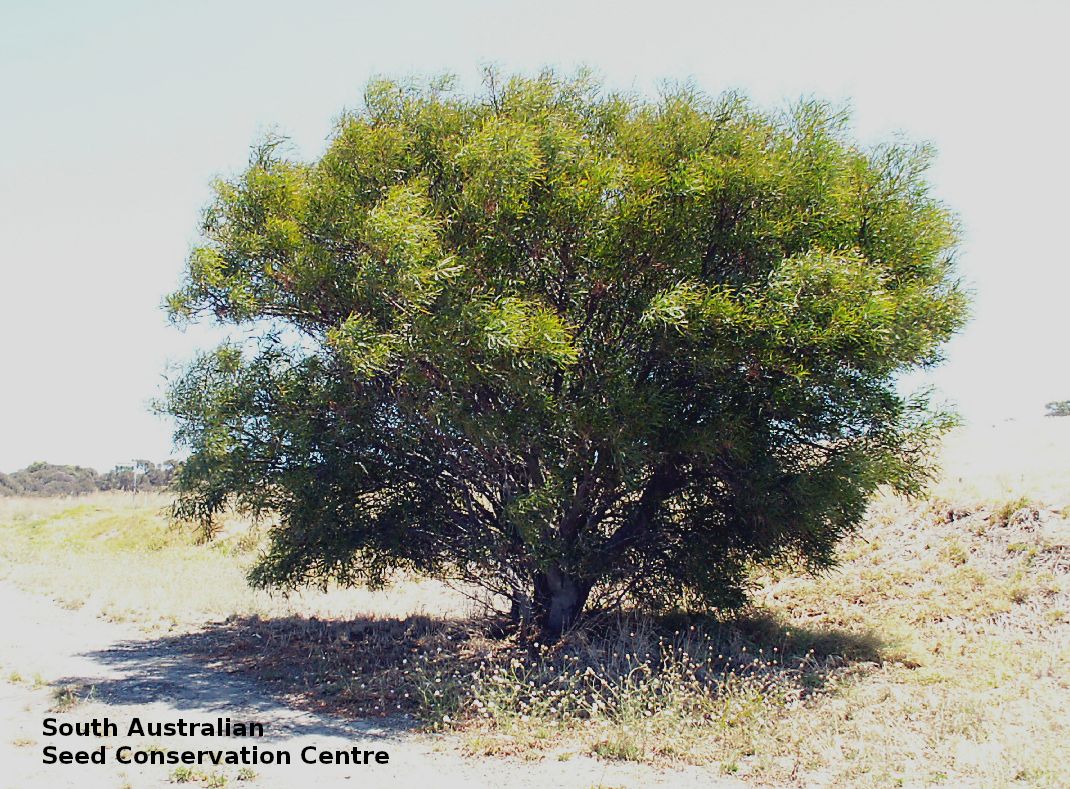
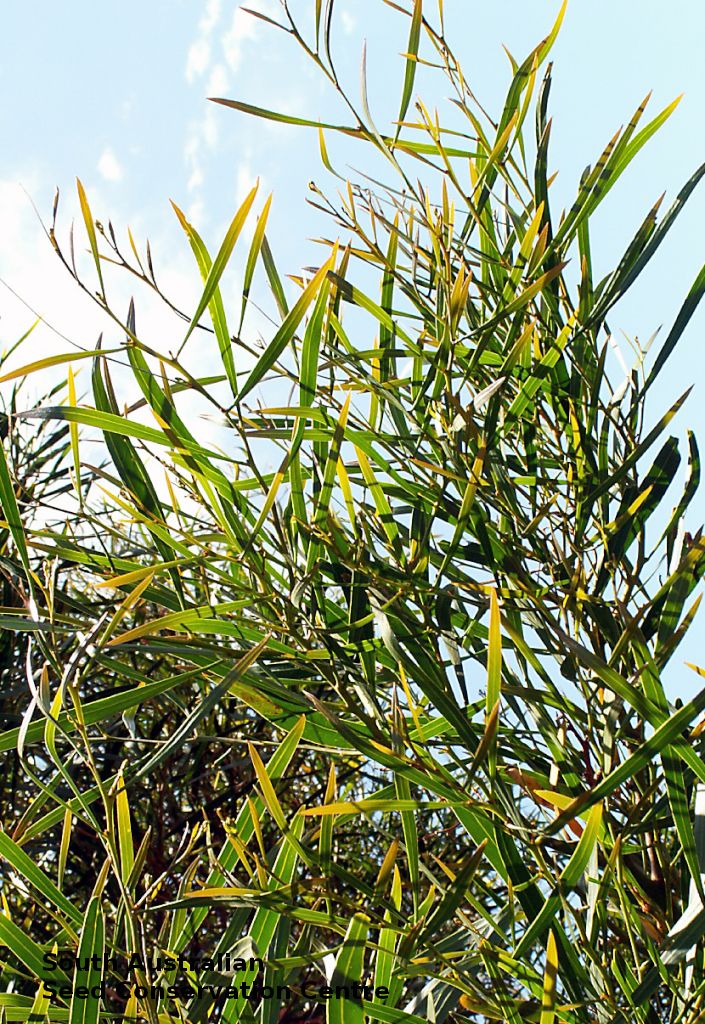
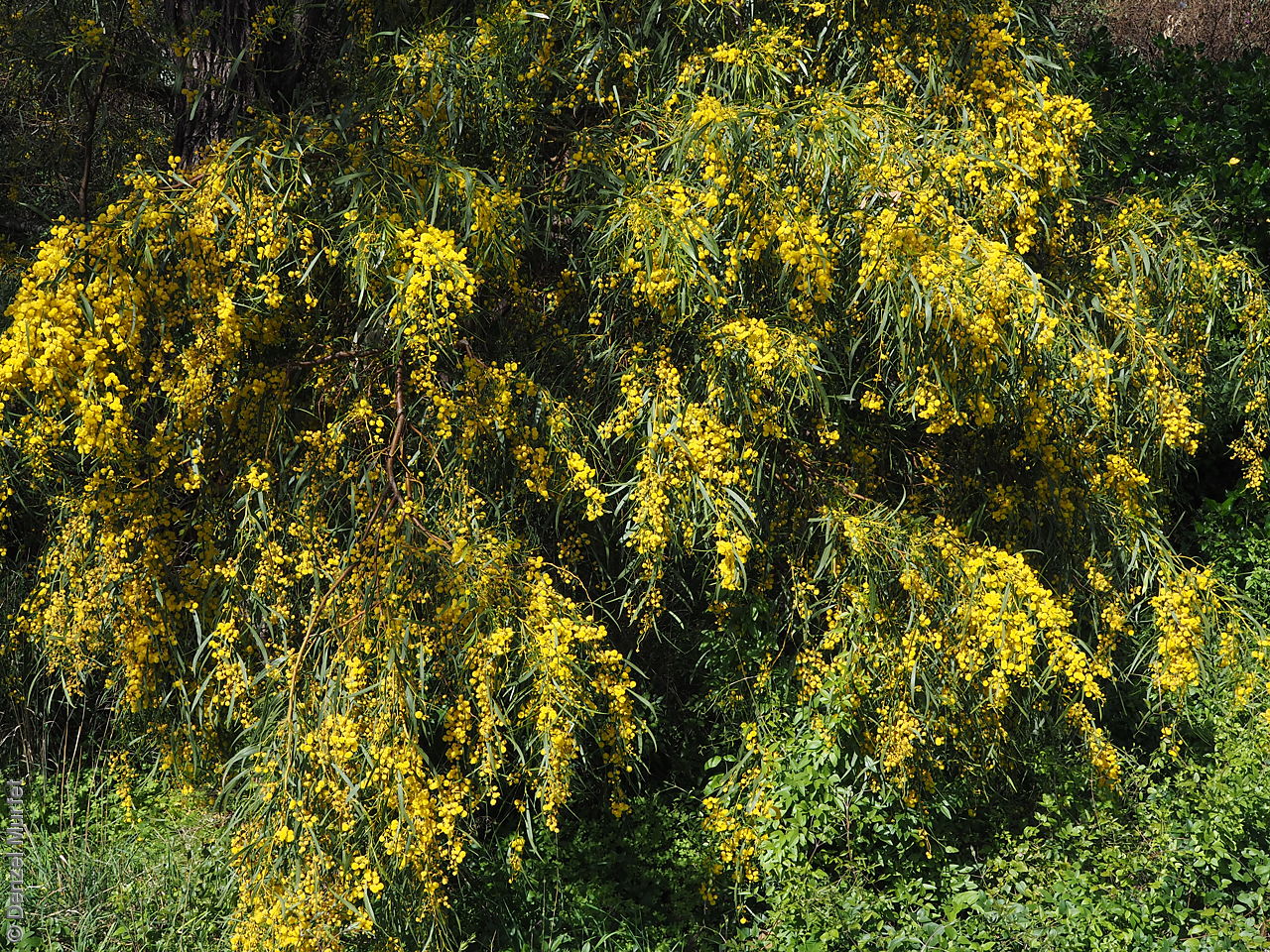
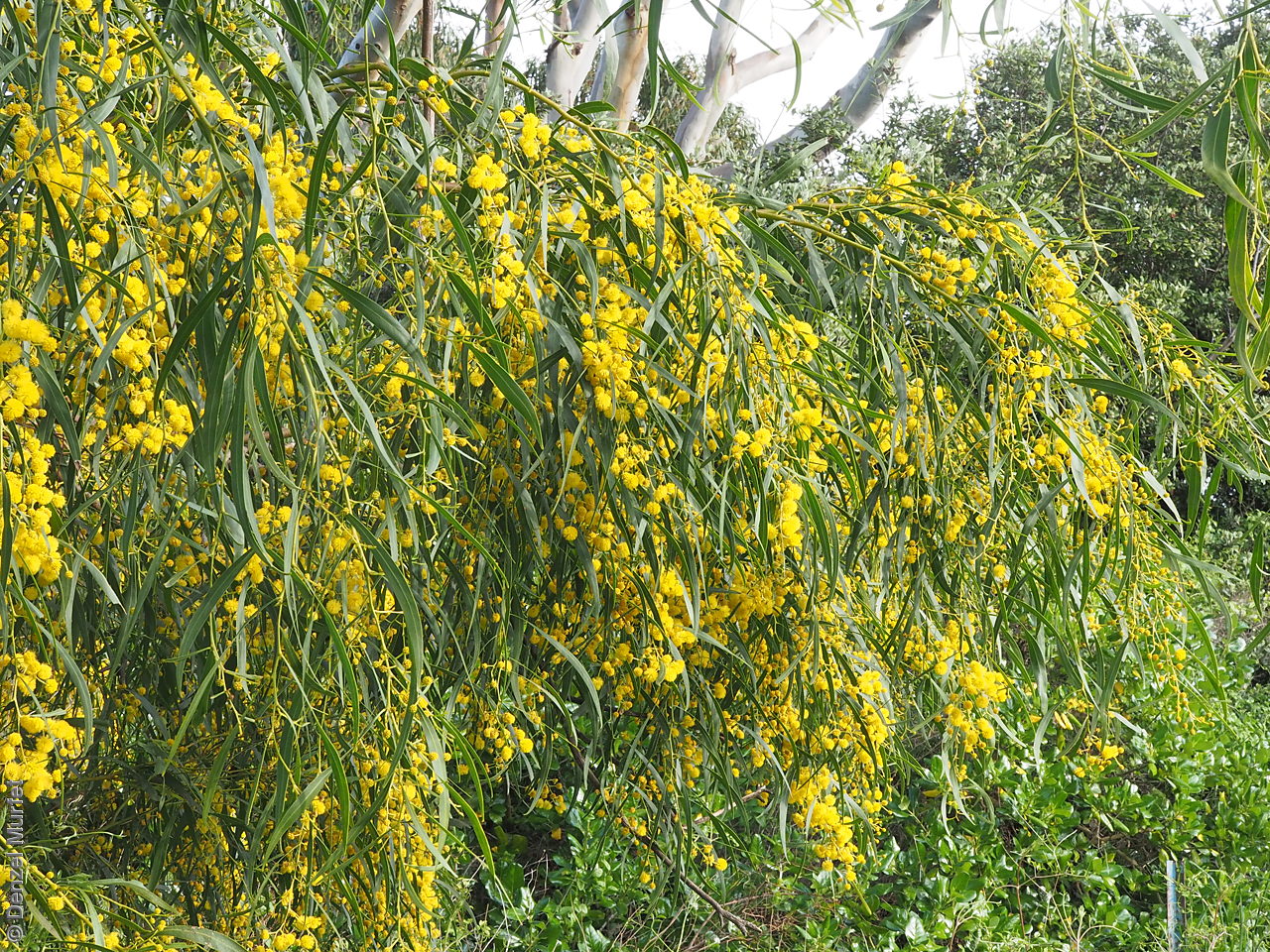
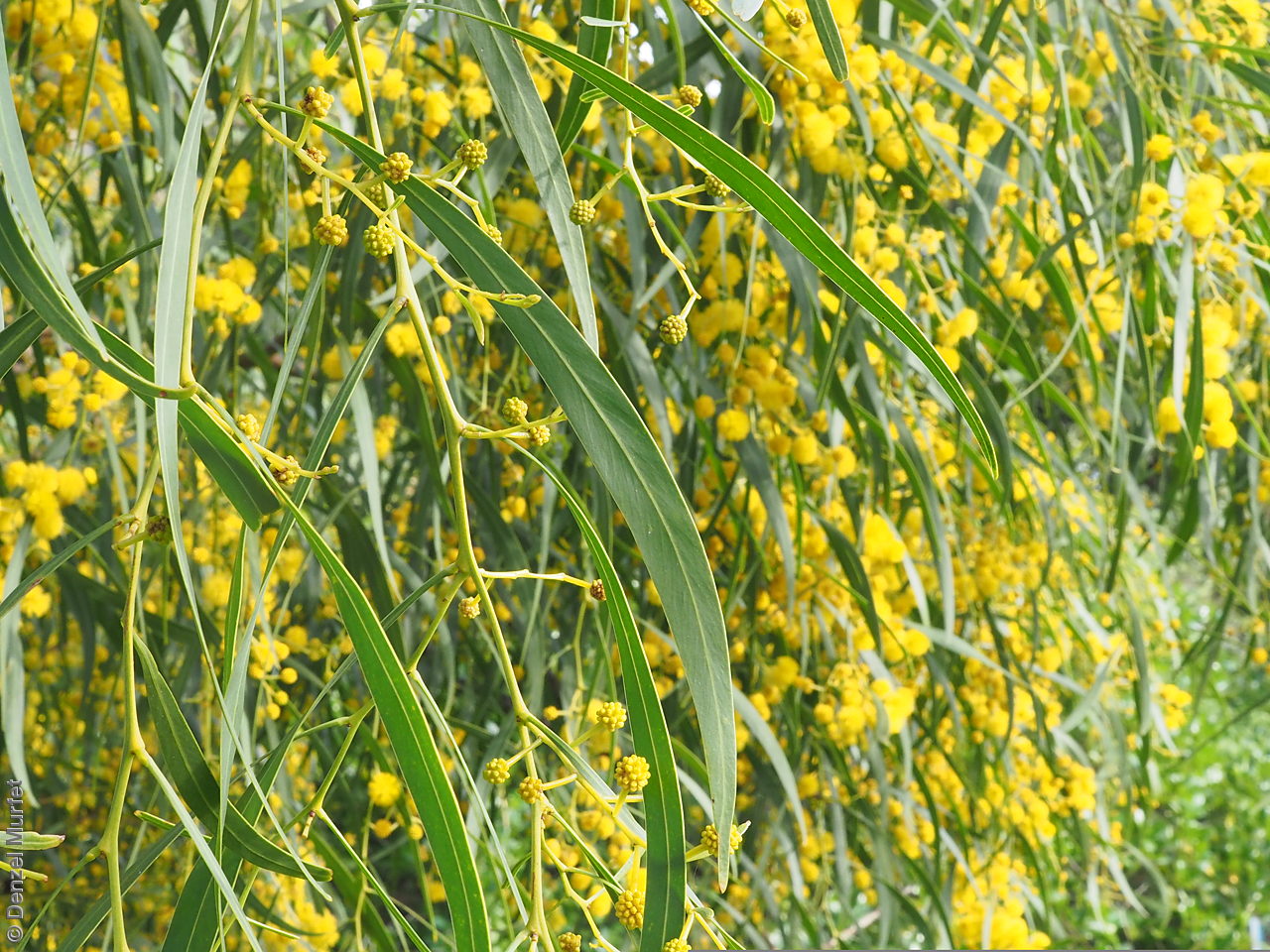
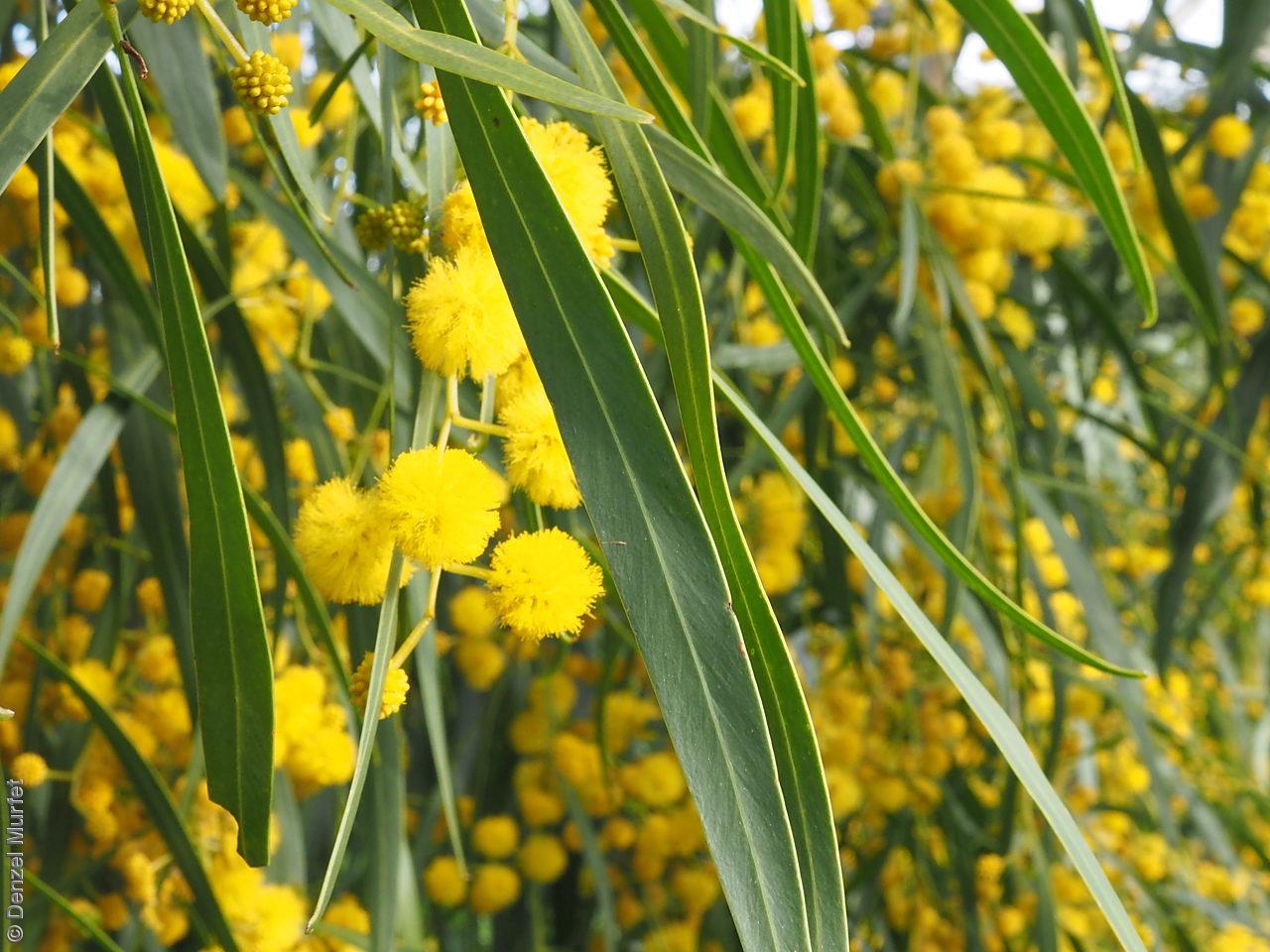
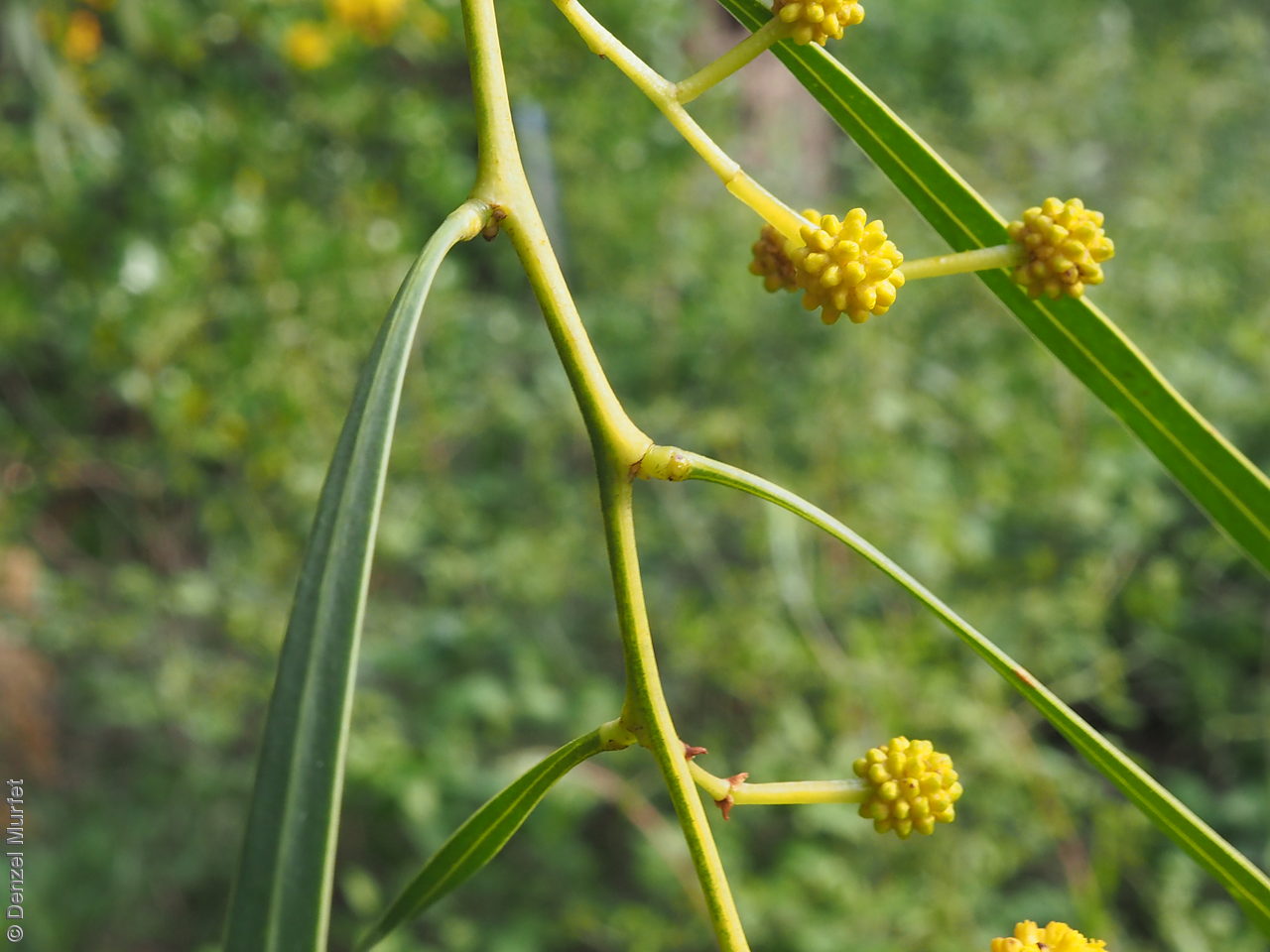
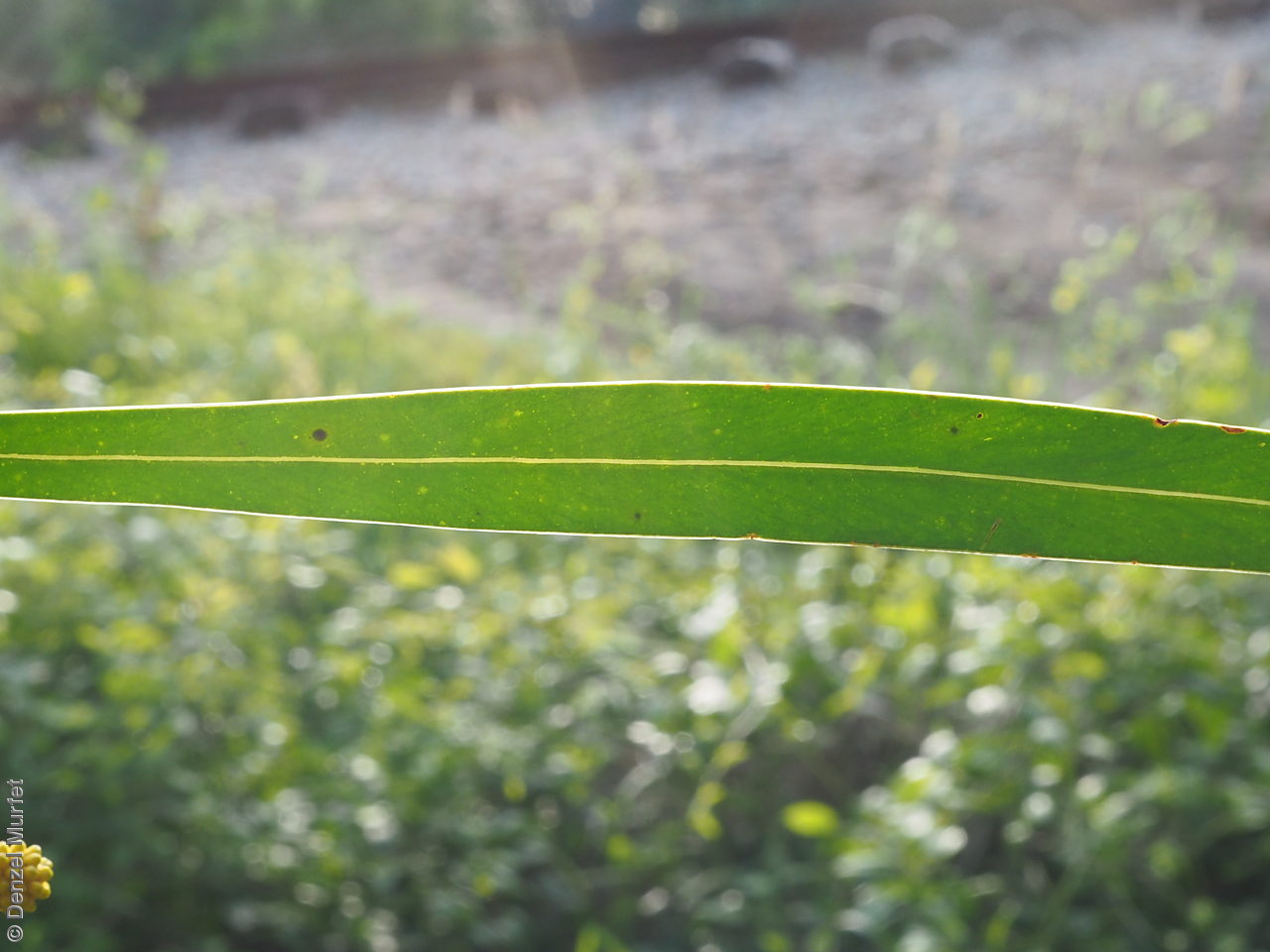
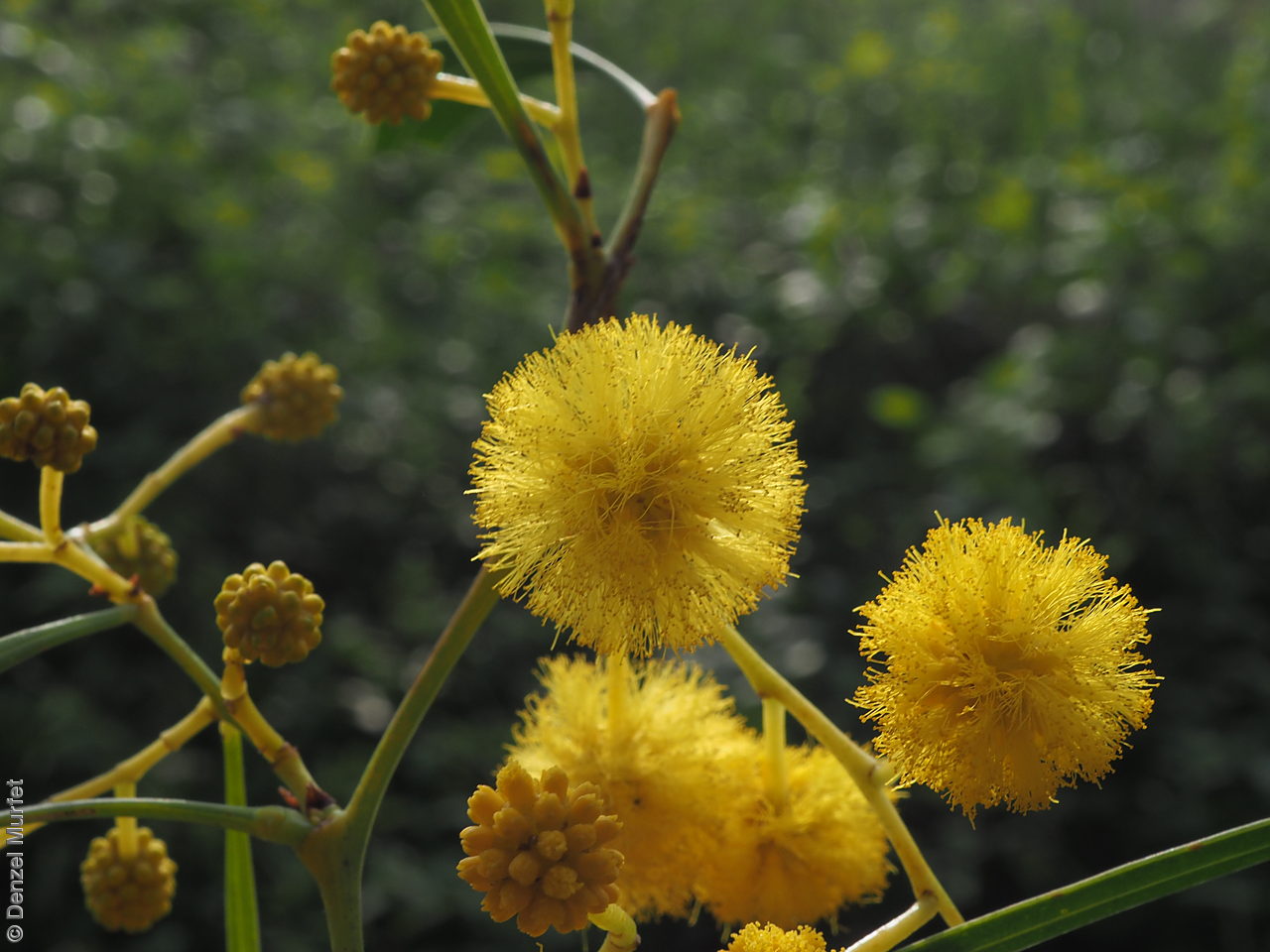
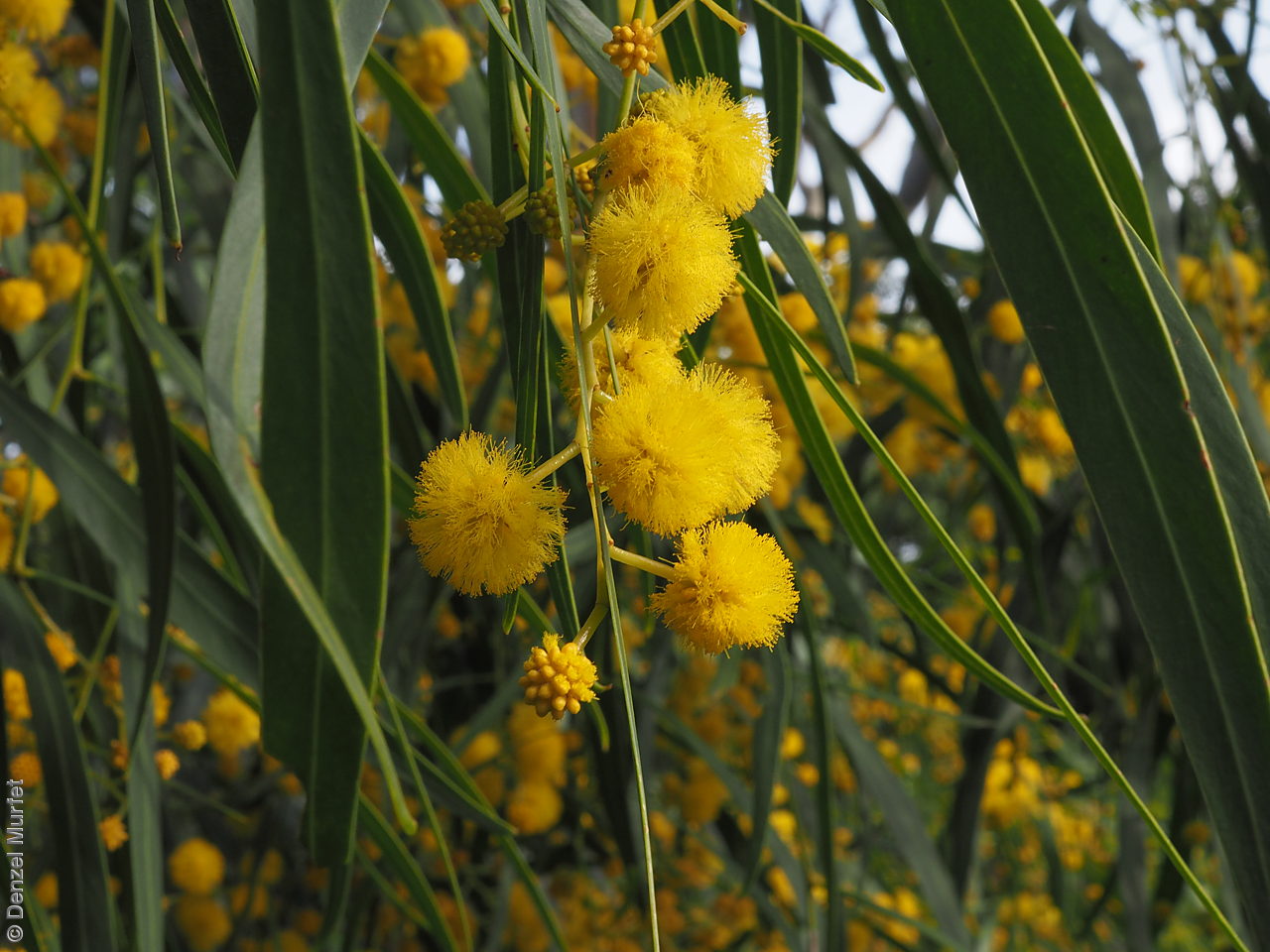
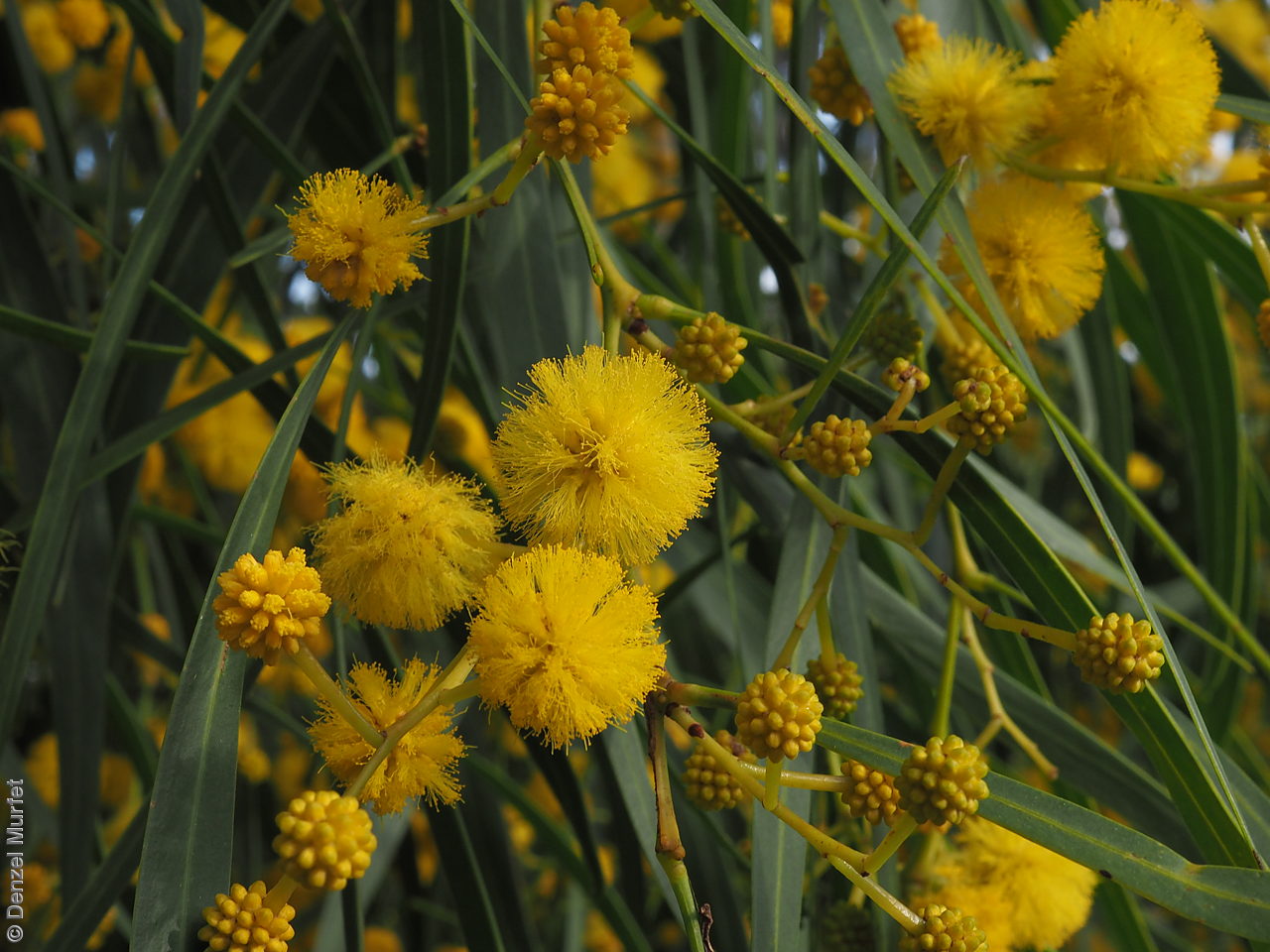
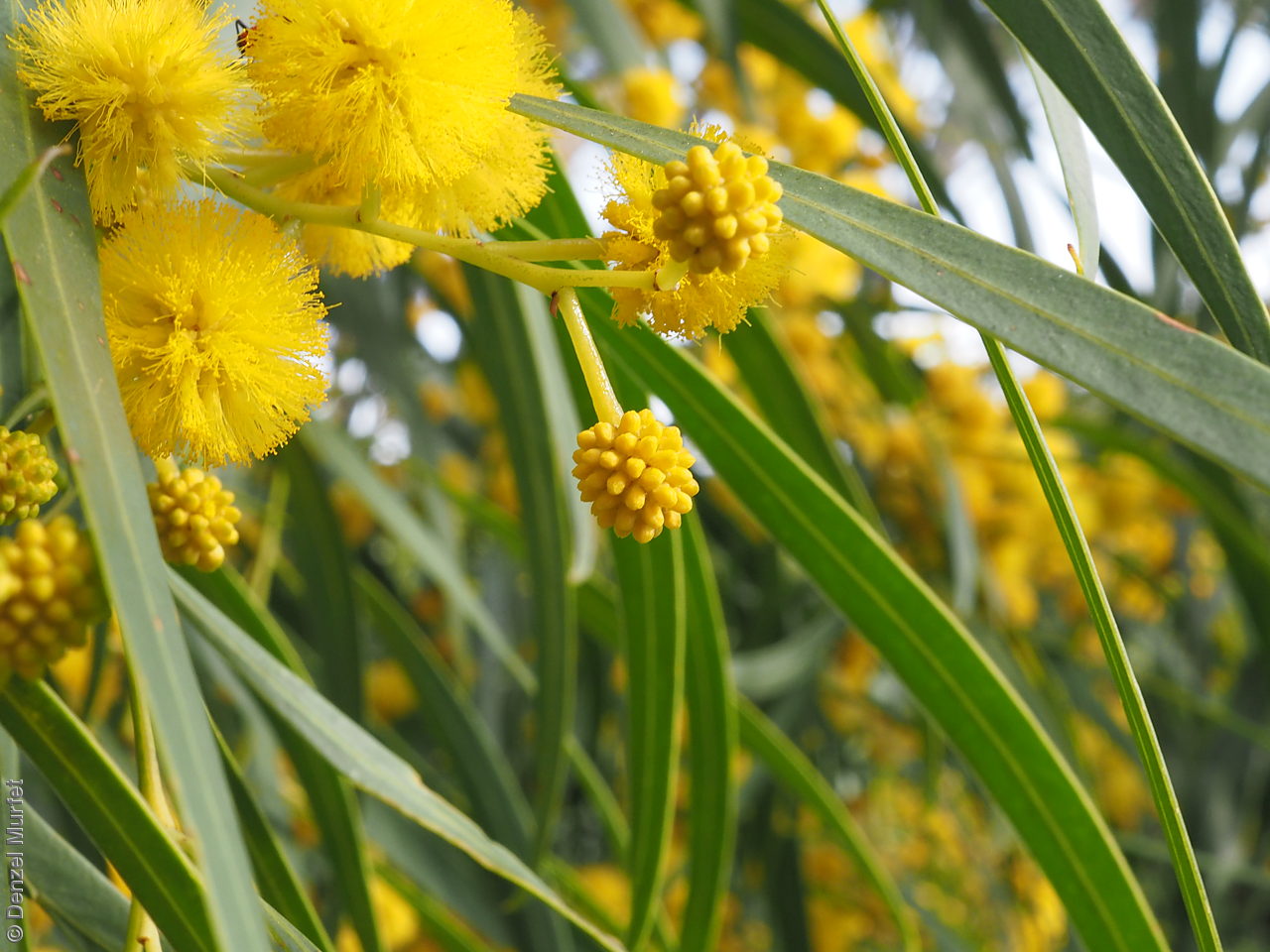
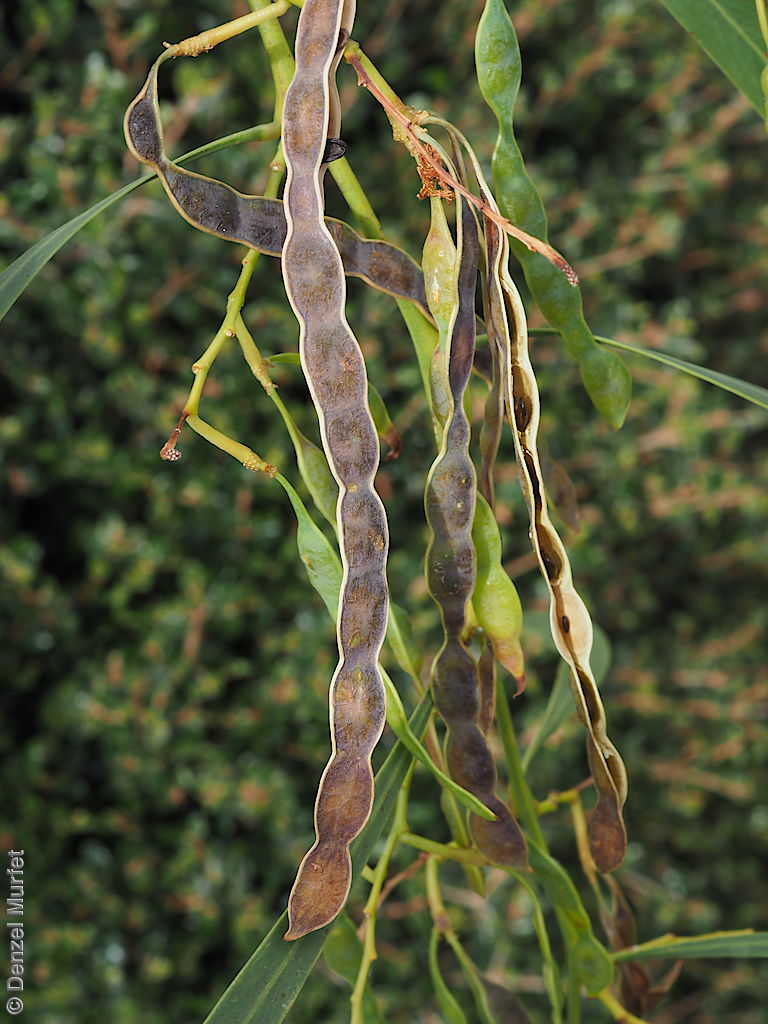
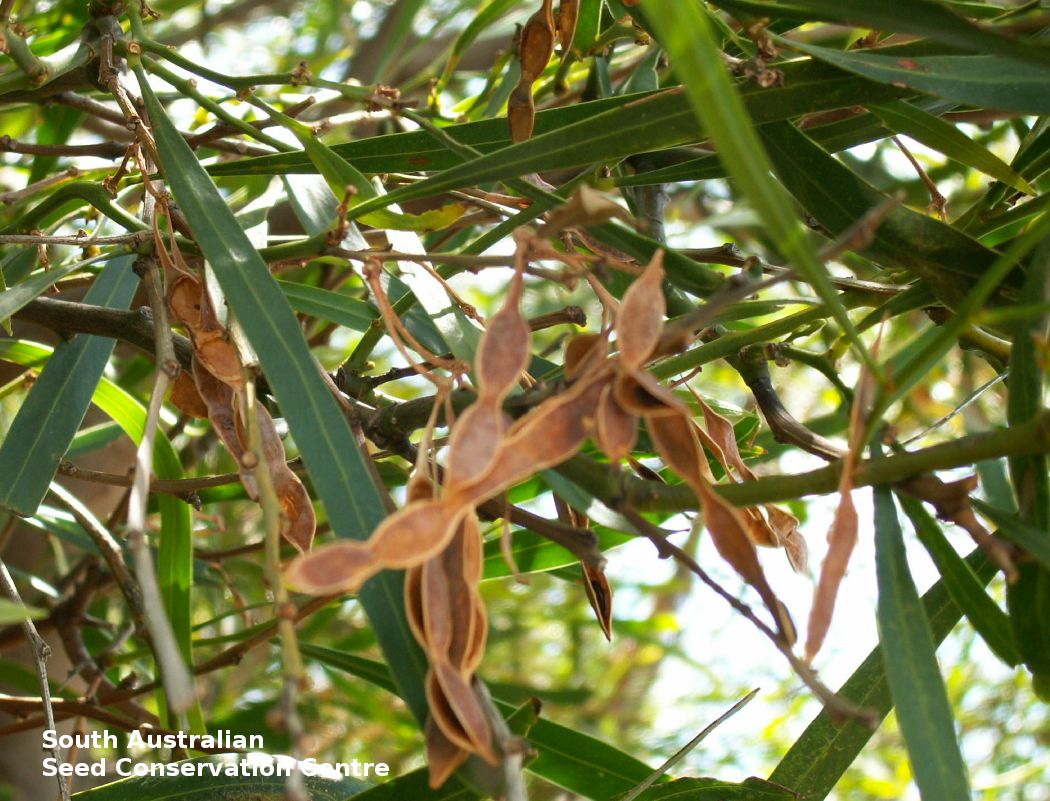
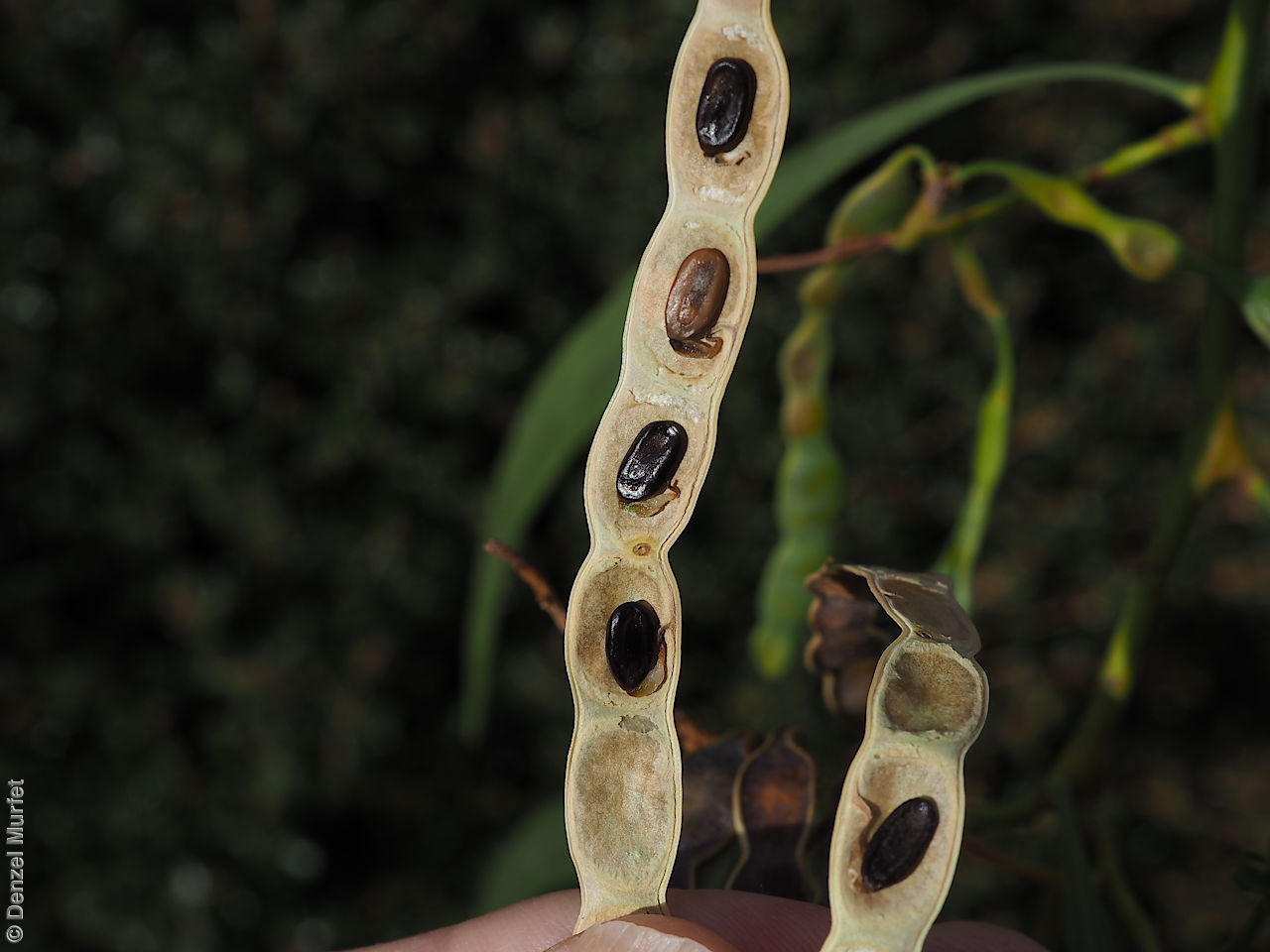
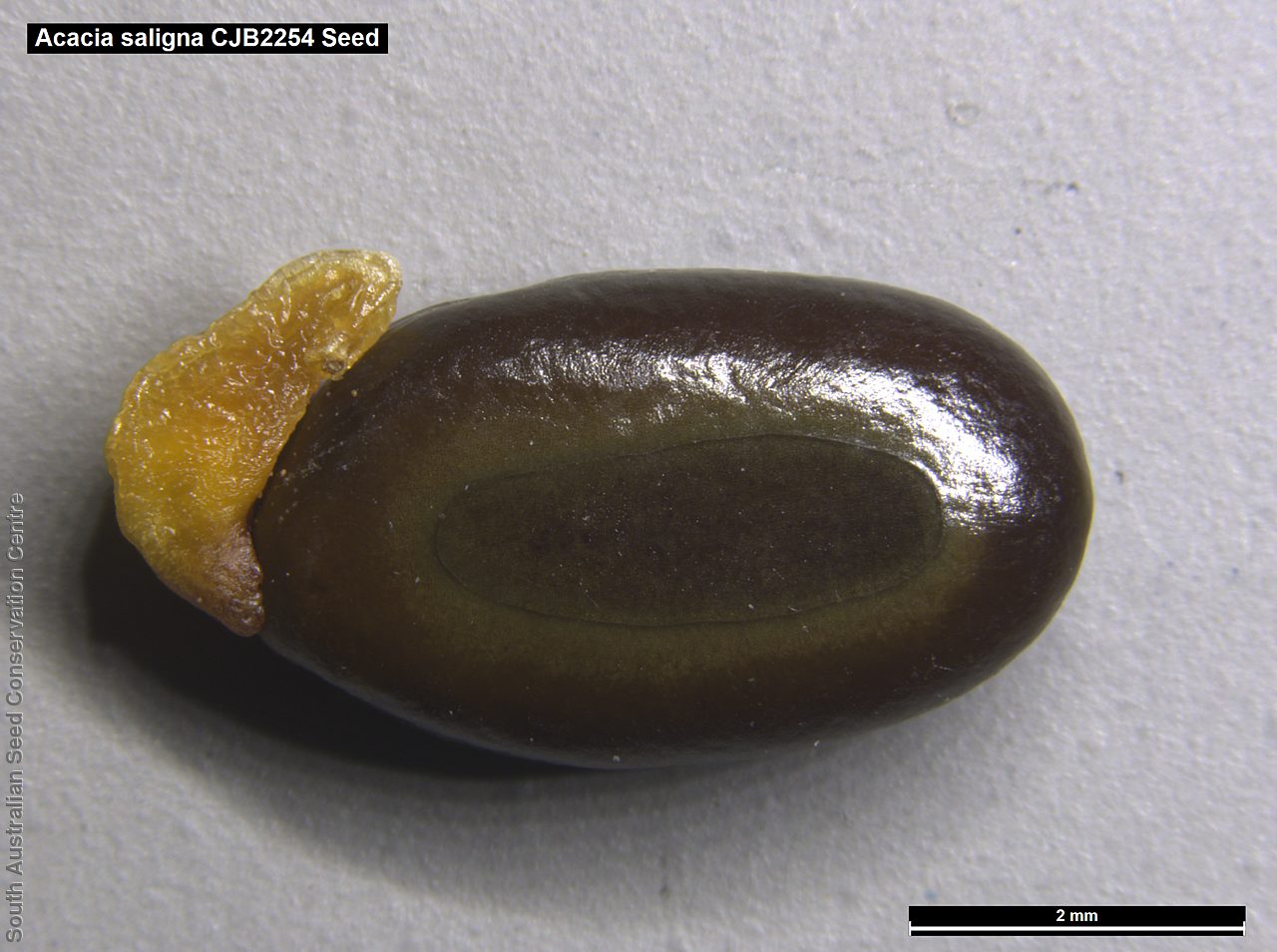
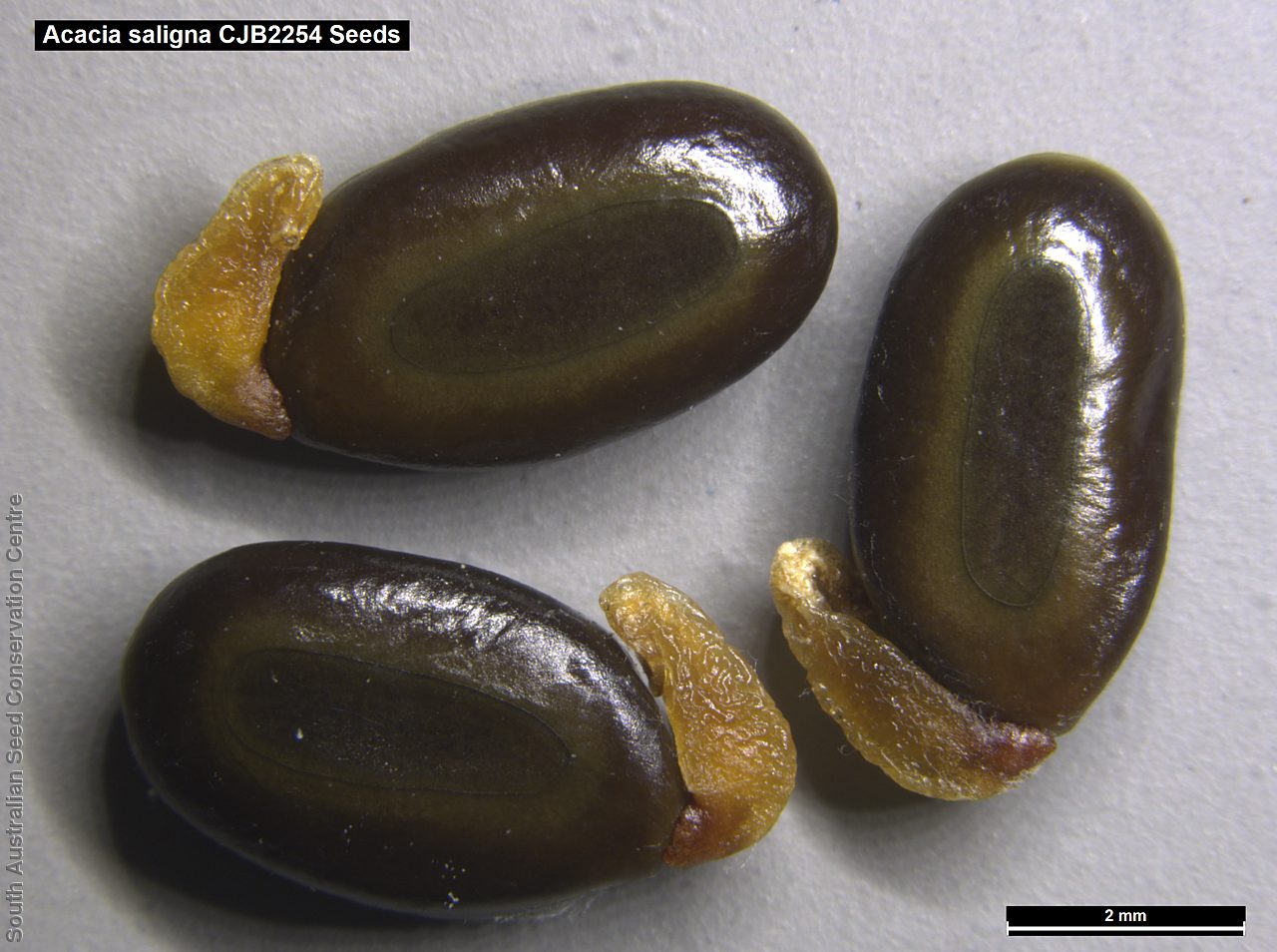
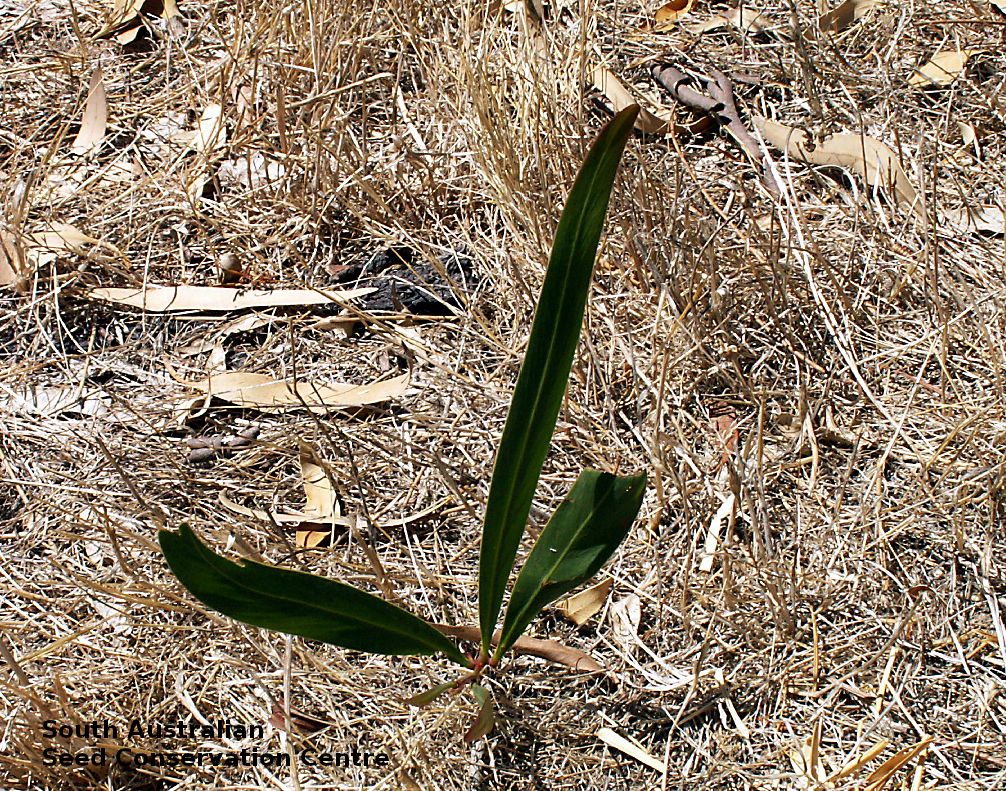

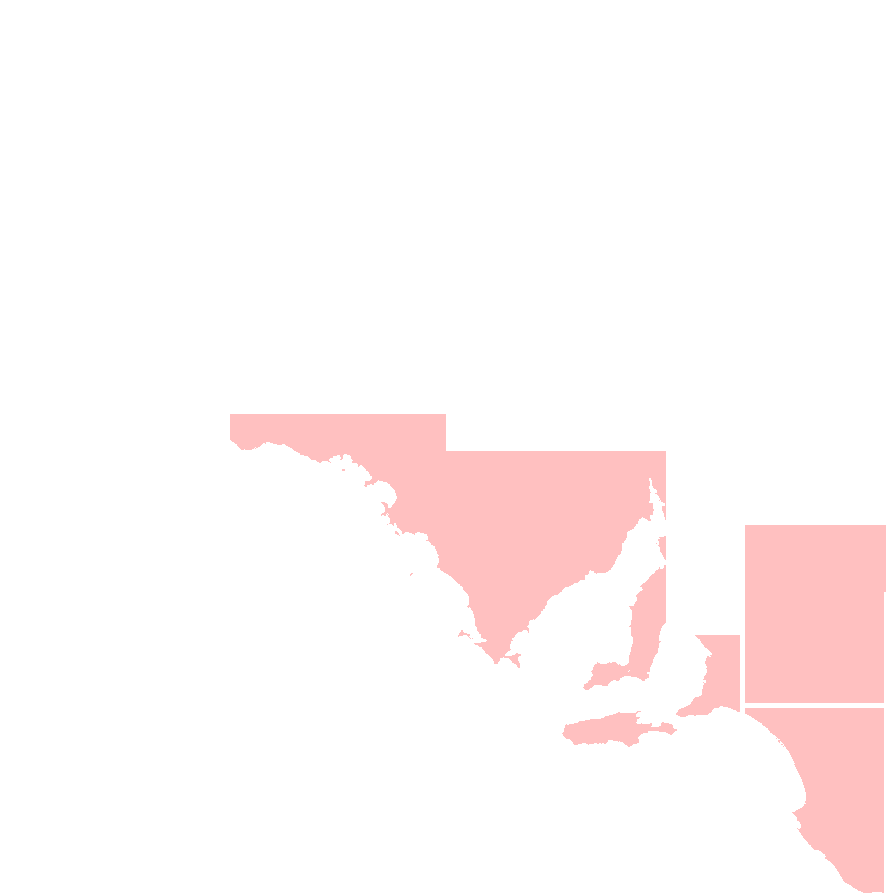
Botanical art
Prior names
Acacia bracteata
Acacia lindleyi
Acacia cyanophylla
Mimosa saligna
Common names
Golden Wreath Wattle
Coojong
Etymology
Acacia from the Greek 'akakia' and derived from 'ake' or 'akis' meaning a sharp point or thorn and 'akazo' meaning to sharpen. Dioscorides, the Greek physician and botanist used the word in the 1st century AD for the Egyptian thorn tree, Acacia arabica. Saligna from the Latin 'salignus' meaning resembling a willow.
Distribution and status
A naturalised species in South Australia and found on the southern Eyre Peninsula, Yorke Peninsula, Flinders Ranges, Mount Lofty Ranges, Kangaroo Island, Murrayland and the South-eastern, growing in disturbed areas. Endemic to Western Australia and naturalised in Queensland, New South Wales, Victoria and many other parts of the world. Introduced in South Australia. Common in South Australia. Common in the other States.
Herbarium regions: Eyre Peninsula, Murray, Yorke Peninsula, Southern Lofty, Kangaroo Island, South Eastern, Green Adelaide
NRM regions: Adelaide and Mount Lofty Ranges, Eyre Peninsula, Kangaroo Island, Northern and Yorke, South Australian Murray-Darling Basin, South East
AVH map: SA distribution map (external link)
Plant description
Dense, bushy, suckering shrubs or small trees to 8 m high usually with short trunk dividing just above the ground and smooth, grey to reddish brown bark. Phyllodes variable, linear to lanceolate to 25 cm long 5 cm wide, straight or falcate, tapering gradually towards the base and apex, glabrous, mid-vein prominent with fine but distinct lateral veins. Inflorescences axillary spike shorter than the leaves with globular, deep yellow to almost orange flowers. Flowering between August and October. Fruits are brown, linear pods to 14 cm long and 6 mm wide, straight or slightly curved constricted margins. Seeds are dark brown, ovoid to 5 mm long and 3 mm wide. Seed embryo type is investing.
Seed collection and propagation
Collect seeds between October and January. Collect pods that are turning brown, with hard, dark seeds inside. For immediate propagation, the seeds can be collected prior to the seed coat hardening. Place the pods in a tray and leave to dry for 1-2 weeks or until the pods begin to split. Then rub the dried pods to dislodge the seeds. Use a sieve to separate any unwanted material. Store the seeds with a desiccant such as dried silica beads or dry rice, in an air tight container in a cool and dry place. Seed viability is usually high. This species has physical dormancy that needs to be overcome for the seed to germinate (e.g. nicking or softening the seed coat).